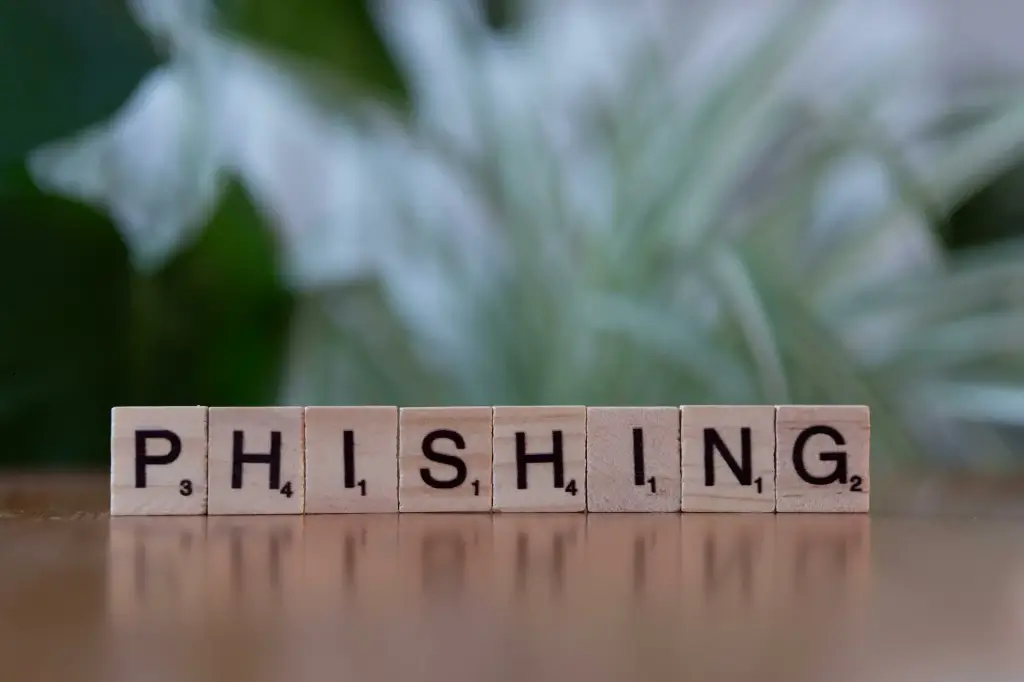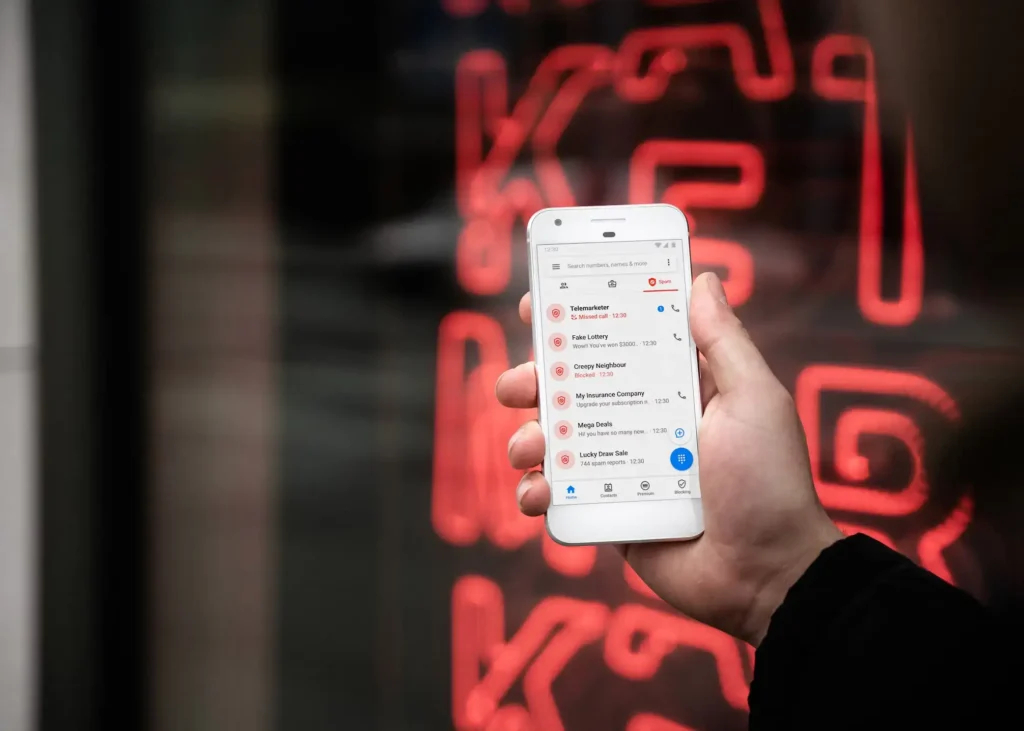Phishing attacks are one of the most dangerous threats in the modern digital world. These attacks target individuals and organizations through deceptive emails designed to trick users into revealing personal or financial information. Understanding how phishing works and how to defend against it is essential for anyone who uses email regularly.

What Is a Phishing Attack?
A phishing attack is a type of cybercrime where attackers impersonate legitimate institutions or people to manipulate recipients into disclosing confidential data. These emails often look convincing and use psychological tactics such as urgency or fear to prompt quick action.
Types of Phishing Attacks
Phishing isn’t a one-size-fits-all scam. There are several types:
Spear Phishing
These are highly targeted emails aimed at specific individuals or companies. They’re personalized and often appear trustworthy.
Clone Phishing
In this method, attackers copy a legitimate email and replace links or attachments with malicious versions.
Whaling
These attacks are directed at high-ranking executives or important individuals in an organization.
Vishing
Vishing uses voice calls to extract sensitive information under the guise of bank officials or government agencies.
Smishing
Smishing involves text messages that urge the recipient to click on malicious links or reply with personal information.
Business Email Compromise (BEC)
Attackers pose as company executives and request wire transfers or sensitive data from employees.
Why Email Is a Common Target
Email is a widely used communication tool for personal and business purposes. It is easy to spoof and most users lack the training to detect subtle signs of a phishing attack. Because of this, email is a high-value target for attackers.
How to Identify a Phishing Email
Learning to recognize suspicious emails is the first step in protecting yourself. Look for:
- Mismatched or strange email addresses
- Grammatical mistakes or odd formatting
- Requests for urgent action
- Suspicious links or attachments
- Generic greetings such as “Dear Customer”
- Threatening language urging you to respond immediately
Best Practices for Preventing Phishing Attacks
There are multiple layers of protection you can use to secure your email.
1. Enable Two-Factor Authentication (2FA)
This adds an extra layer of security to your accounts. Even if someone has your password, they’ll need a second verification method.
2. Use Complex and Unique Passwords
Avoid using the same password across multiple platforms. Use a password manager to generate and store strong passwords.
3. Update Software Regularly
Outdated software can contain vulnerabilities that attackers exploit. Keep your operating system, email client, and browser updated.
4. Don’t Click Suspicious Links
If an email urges you to click a link, hover over it to preview the URL. If it looks suspicious, don’t click.
5. Avoid Public Wi-Fi When Checking Email
Public networks are often unsecured and easy targets for attackers. Use a VPN if you must check email in public.
6. Educate Yourself and Others
Regular training and updates on phishing tactics can help you stay informed and alert.
7. Use Anti-Phishing Software
Modern antivirus and security tools can detect phishing emails and block them before they reach your inbox.
8. Report Suspicious Emails
Most email services let you report phishing. This helps them improve their filters and protect other users.
The Role of Encryption
Email encryption ensures that only the intended recipient can read your messages. Services like ProtonMail or Tutanota offer end-to-end encryption and protect your communications from interception.
Secure Email Gateways (SEG)
For businesses, deploying a secure email gateway is essential. These tools analyze incoming emails for signs of phishing and spam, filtering out dangerous messages before they reach your team.
The Impact of Phishing
Phishing can lead to serious consequences:
- Financial loss due to stolen credentials or fraudulent transfers
- Identity theft and damage to personal reputation
- Breaches that expose sensitive business data
- Legal consequences for companies that fail to protect user data
Real-Life Phishing Examples
Learning from real cases can help you spot phishing in the wild:
- In 2016, the Democratic National Committee was compromised through a spear-phishing email impersonating Google.
- In 2020, Twitter employees were tricked into giving access to internal systems through social engineering.
- Ransomware attacks often start with a simple phishing email containing a malicious attachment.
Mobile Device Protection
Smartphones are now common targets for phishing attacks. To protect them:
- Install security software
- Keep operating systems up to date
- Avoid downloading apps from unverified sources
- Use biometric locks and encryption
Build a Response Plan
Even with precautions, no system is 100% secure. Every individual and business should have a response plan:
- Identify and isolate compromised accounts
- Notify affected parties
- Reset passwords and secure systems
- Report the incident to your IT team or authorities
The Future of Phishing Attacks
Attackers continue to innovate. Future phishing techniques may include:
- Deepfake audio and video scams
- AI-generated personalized phishing emails
- Exploiting new platforms like Slack or project management tools
Stay vigilant, stay educated, and adapt your defenses continuously.
Conclusion
Phishing is one of the most common and effective forms of cyberattack. With the right combination of tools, awareness, and proactive defense strategies, you can significantly reduce your risk. Whether you’re protecting personal or business email, investing in security now will save you from bigger problems later. Take action today—secure your inbox and stay one step ahead of attackers.




